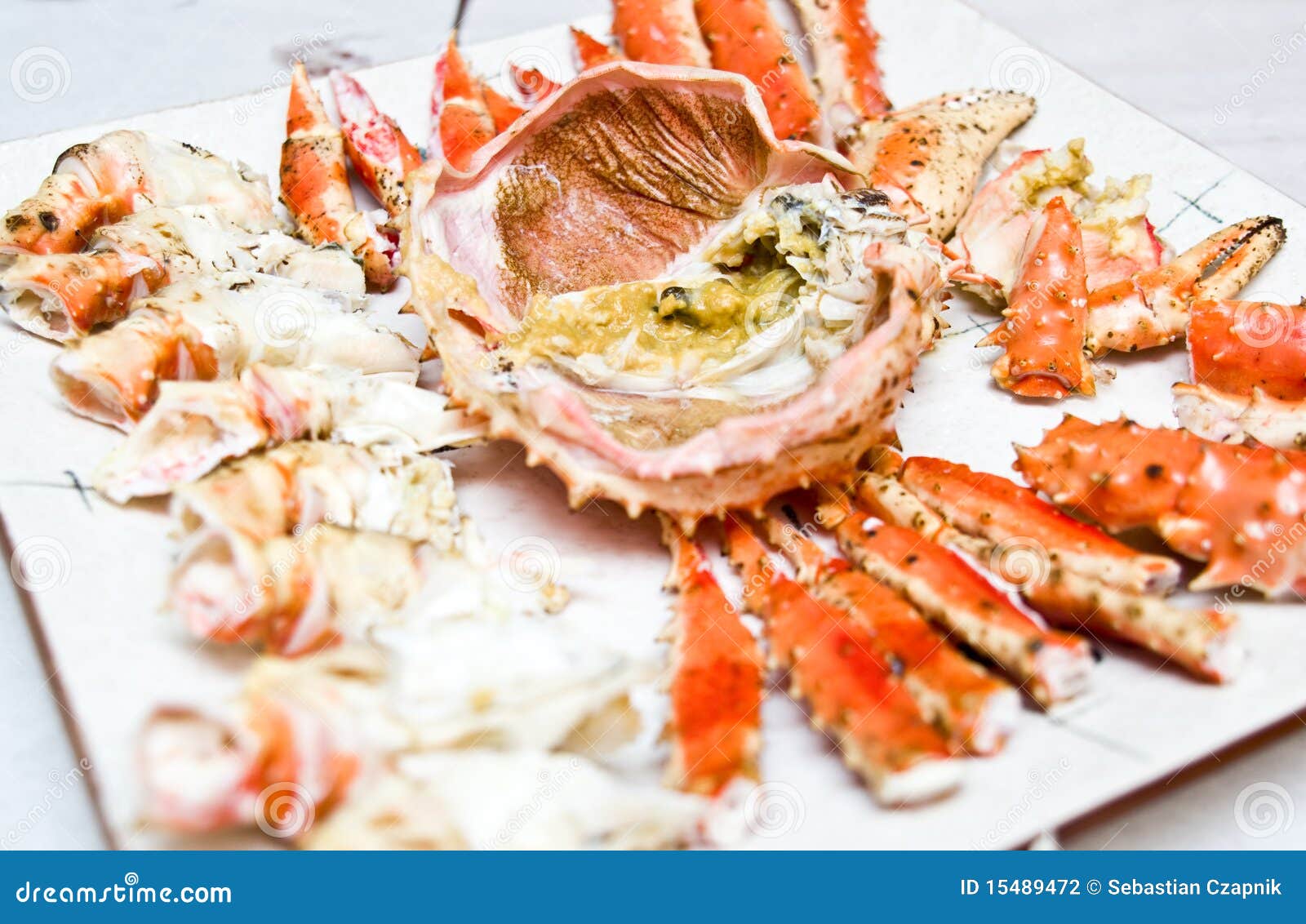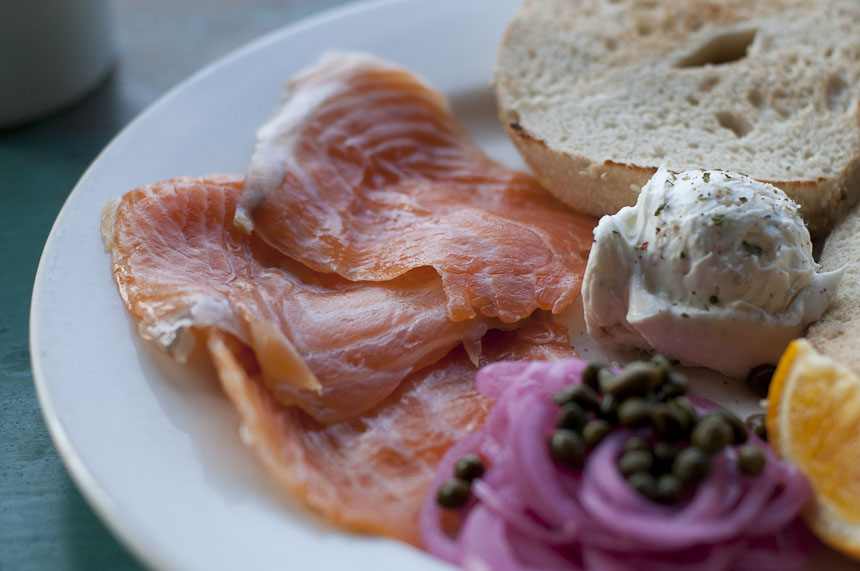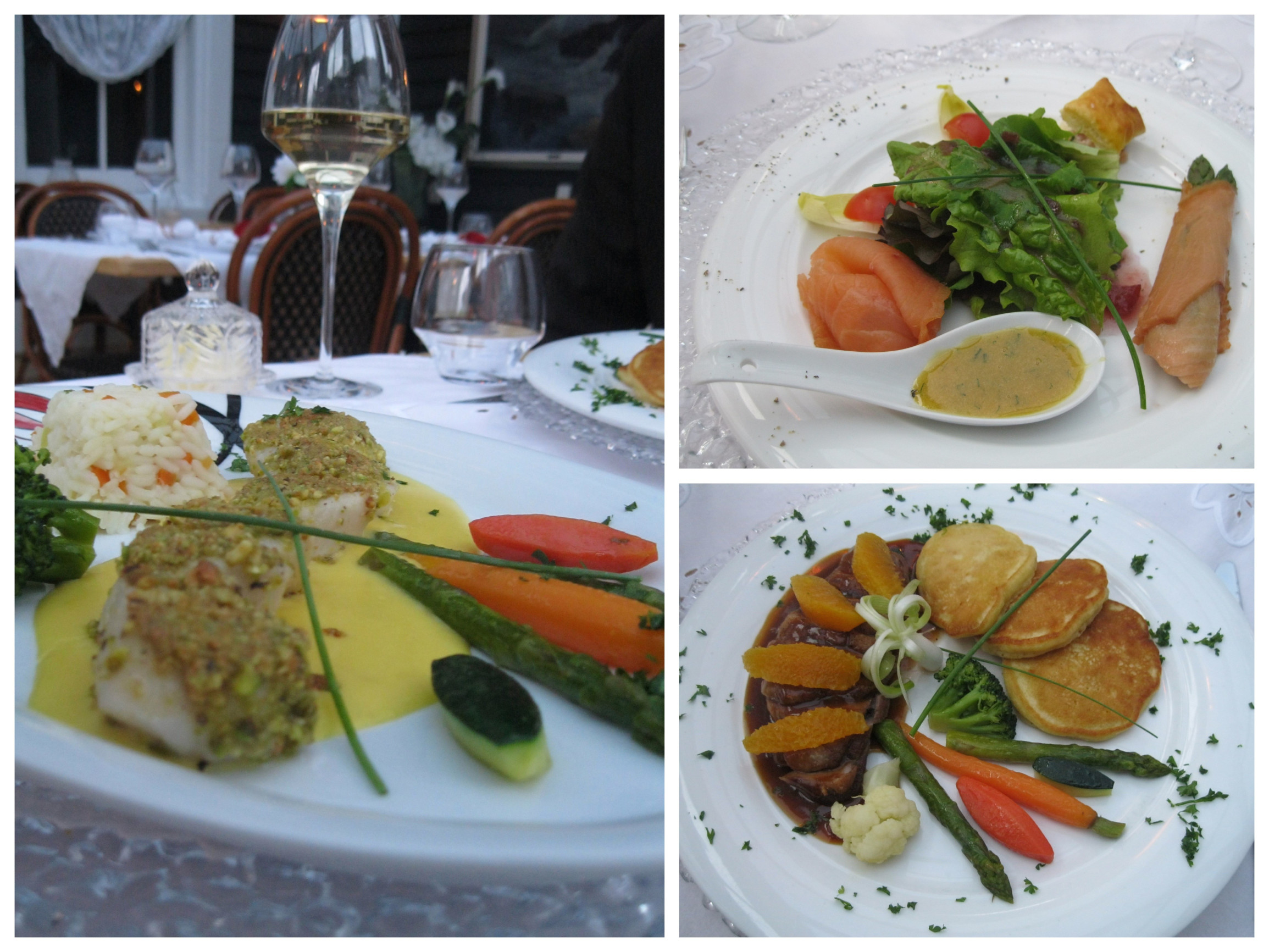King plate
Called A King plate ( King badge ), also Breast plate (chest plate ), is an insignia ( emblem ) that in Australia at the time of European colonization of Elders (Oldest ) of the Aborigines was awarded to highlight it as a local leader. The King plates were crescent-shaped metal plates, which were supported by major Aborigines around the neck on a necklace.
Importance
The Aborigines appointed or elected traditionally no kings or tribal leaders. They lived in small clan groups with elders ( older ways ), with an elder man and possibly an elder woman who mutually consulted at decisions. By appointment as king of the people of root and with the presentation of the King plates, the British colonial power applied against the core of the traditional social structure of the Aborigines. An elder, who was the tribal chief function was not elected, but this was by knowledge of the Dreamtime, by age, experience and wisdom. He was tribal leaders through social recognition.
The ceremony of King plates were first performed by the Governor Lachlan Macquarie of New South Wales around the year 1815. In the ' Native Institution ' Macquarie's Parramatta is his instruction: "That the Natives shoulderstand be divided into District Tribes and did each Tribe shoulderstand elect its own chief, who the governor wants to distinguish by some honorary badge. " ( German: The Native are divided into area tribes and each tribe should choose their own leaders, the Governor emphasized by a badge of honor. )
His transfer to give this award can not be determined following the tribal rules, but to choose and submit to his influence, also be interpreted as a control instrument, as dictum tribal leaders. Consequently, tribal leaders could only be the carrier of the plaque that he was awarded by the Governor and no longer by the social rules of the Aboriginal tribe.
History
In the 19th century King plates had been awarded in many Aboriginal communities in many Australian states of highly respected Aboriginal people. It is assumed that the King plates were also worn by women. A proof of this there is not. Nevertheless, the women were often called "Queen", usually elder women were in their tribe or kinship group. An example of this is Gooseberry, the wife of Bungaree, which took the name "Queen".
There are suspicions that the presentation or non - presentation of the King plates was also helpful to show the opposite as highly regarded or how to respect in the white Australian community.
The stickers were much less valuable than the crown jewels of European monarchs. The material consisted of an industrial metal such as brass or iron, optically close to gold and silver and some King plates carrier said this on. A typical inscription was the name of the carrier in the upper plate member with the title "King of ..." or " Chief of ..." including, in part with the year of the transfer. On some carriers of the King Plate is said that they have engraved the royal seal of Queen Victoria at any point on the plate to give the building a unique prestige note.
The practice to present themselves with the King plates, made in the nachförderalen years in Australia after and was no longer detected from the late 1930s.
Carrier of a king plate
Macquarie gave Bungaree 1815, the first of Honour in 1816 and thereafter Nurragingy the second.
Something about the support of the King plates is studied, yet much is unknown. Below is some information about famous King plate carriers are given:
- Jagar - King of Barron was an elder of the Aboriginal Yirriganydji from North Queensland. He is represented with a king plate in 1898. His badge was lost for years and was 60 years after it was won in a card game by a U.S. soldier in World War II, returned again in 2006.
- Bilin Bilin - King of Logan and Pimpama was known that he was in the territory of the Logan City in Queensland. He presented his king plate in 1875. He was the leader of Yugambeh Aborigines from the mid-19th century to the early years of the 20th century. He was highly regarded in both the Aborigines as well as the European settlers.
- Minnippi - King of Tingalpa was for a time the companion of Bilin Bilin, who died on a return trip from Brisbane. He is buried near the suburb of Waterford West. The exact location is unknown.
- Billy - King of the Albert was an Aboriginal leader in southern Queensland. Little is known about its historical identity, even though he was a contemporary of Bilin Bilin and Minnippi and had a significant proportion of the Aboriginal history of the Gold Coast.
- Bungaree - Chief of the Broken Bay Tribe, King of Port Jackson and King of the Blacks was a Aborigineführer in the field of Broken Bay and the first Aborigine to sail around the entire continent of Australia with Matthew Flinders on HMS Investigator.
- Jackey Coburn - Chief of Burrowmunditroy was an aboriginal of the Wiradjuri - people in New South Wales. His King plate was seen by James White, one of the first European settlers in this region. Both men were good friends and Jackey White helped with his development work; they helped each other and also spent a lot of time together.
- Umbarra - King of Bermagui, also known as King Merriman, was an "elder " of the Yuin in the Bermagui region in New South Wales. About it is reported that he could see into the future by means of a black duck.
- Warrandy - King of Geraldton, also known as "King Billy", was one of the Aboriginal leaders of Western Australia, who presented his king plate.
- Nobby had no king plate, but he was described by a white Australian who lived in Bundaberg as King of the Blacks in this district.
- Brady, was an Aborigine, who presented with a king plate. He died in Bribie Iceland mission station in 1892 and was buried at the mission on the beach.
Pictures of king plates
- King of plate Tallboy, King of Moorabie ( 1865 )
- Breastplates - Aboriginal
- Mickey Johnson, King of Illawrra
- King Brown, Woolumba and Tommy, King of Noosa









